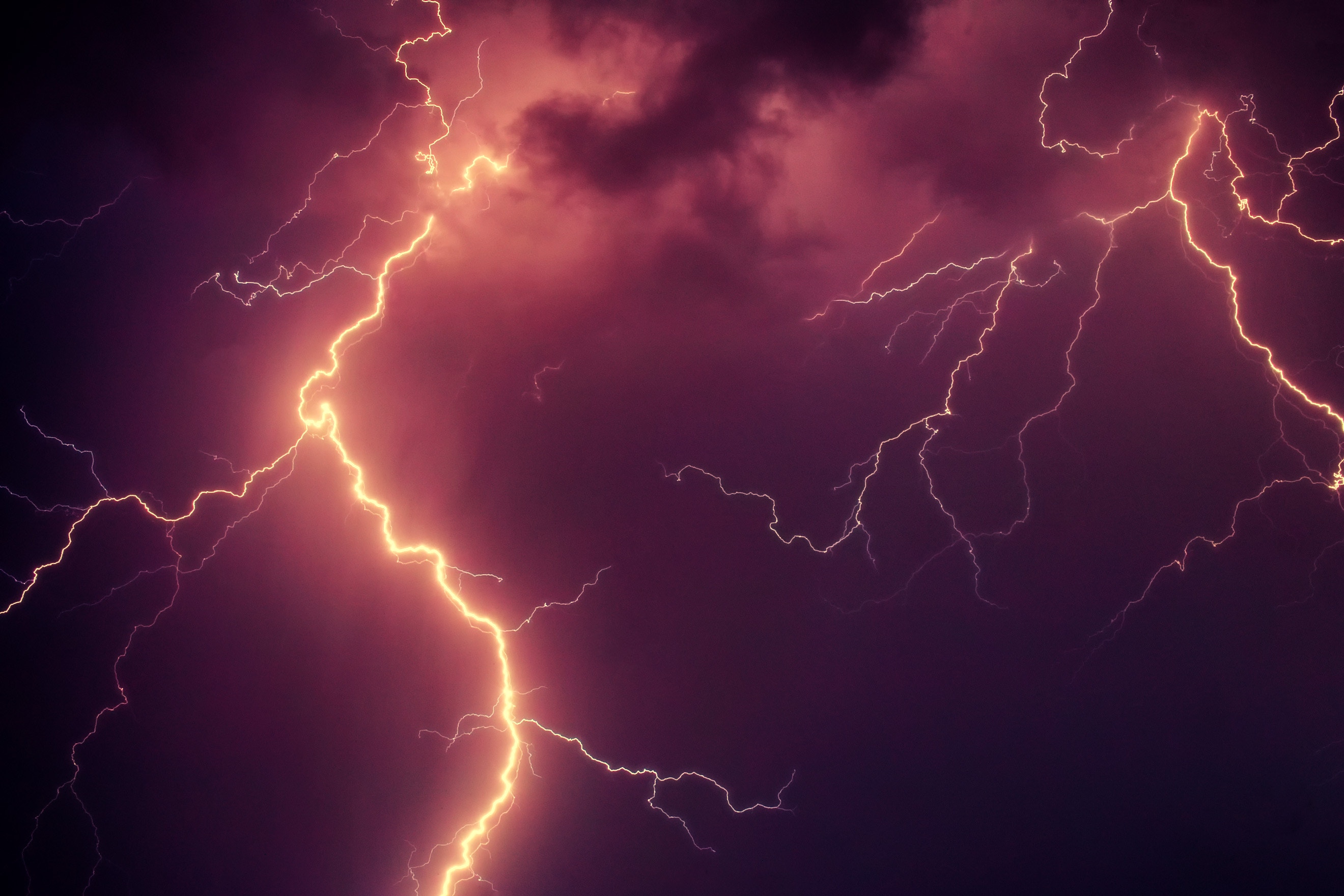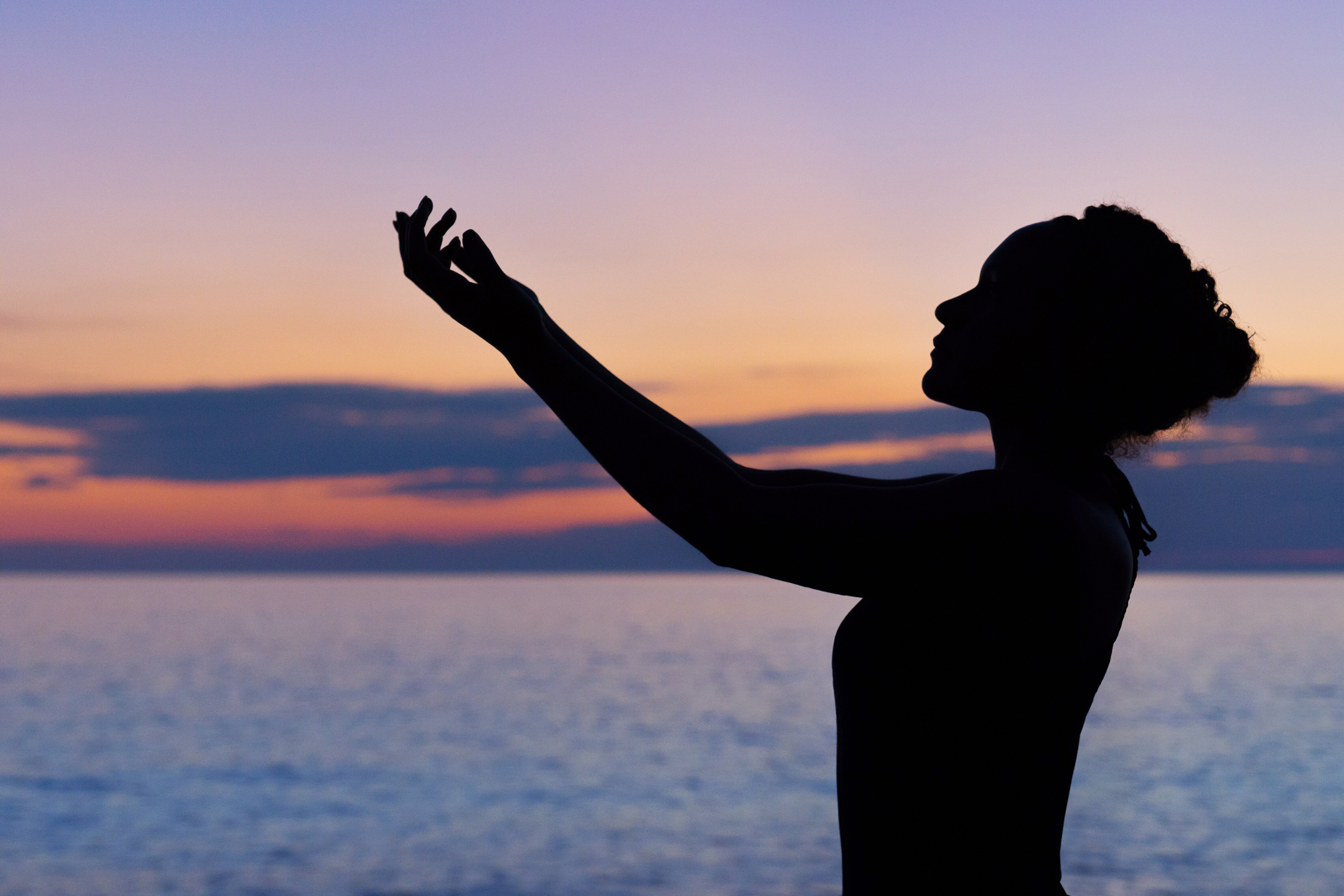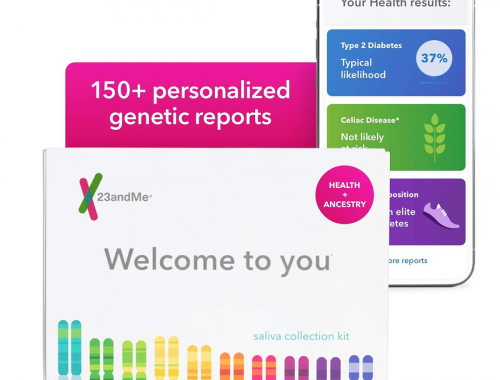There is no cure for this condition. There’s no cream or pill I can give you. If you want the redness to go away you need someone who does lasers. The lasers will kill the blood vessels. But they always grow back. You’re looking at maintenance treatments for the rest of your life.
–My dermatologist regarding rosacea subtype 1 flushing
It’s never easy to hear a medical professional tell you that 1) they don’t know the cause, 2) there’s nothing else they can do for you, and 3) the last resort left is very, very expensive and also very short-term. I seem to have been cursed with a string of conditions in medical no man’s land, and rosacea subtype 1 flushing happens to be the most prominent.
Rosacea can make the social aspects of life intolerable. When prospective employers assume you’re an alcoholic because your face is flushed up like a bright red wino. When you can’t apply makeup or soothing creams because your skin burns on contact. When the two foot box fan that keeps your face cool every night blows your partner right out to the couch. When you’ve been asked by strangers on the street what that rash is on your face and is it contagious? It can drive anyone a little bonkers.
Although angiogenic and sebaceous factors have been implicated in the etiopathology of the disease, it remains unclear. Vascular abnormalities, dermal matrix degeneration, environmental factors, and microorganisms may have a potential role in the development of rosacea.
Rosacea may significantly affect patients’ lives, leading to considerable psychological and social distress over appearance. Therefore, management of this condition is very important. There is no definite cure. Electrosurgery and lasers can be used to decrease vascular lesions.1
But before you rush to the nearest med spa, make sure your money and tears are well-spent on the right modality for you. Here I will review various types of lasers that I’ve subjected my face to and let you know how it went, what it cost, and risks to consider.
Nd: YAG Laser
The Nd: YAG is a solid-state laser that uses a dopant triply ionized neodymium crystal as the base. This was one of the first laser types recommended for my rosacea, but in hindsight this may have been because the office lacked a more suitable laser. Nd: YAGs are not well-studied in rosacea treatment; however, there was one study that showed a 79.49% improvement in flushers after a series of full-face Nd: YAG treatments1, but only after eight treatments each six weeks apart.
Practitioners tend to charge for Nd: YAG based on square centimeters of coverage. For my appointment, they charged $150 per unit of 8 square centimeters. My entire face was roughly 3.5 units. While all laser treatments are pricey, the Nd:YAG is at the high end when used for rosacea. The Nd: YAG also trails behind other lasers in convenience. Nd: YAGs are mostly used for spider veins, not patches of diffuse redness. The applicator spot size is usually no bigger than 3mm, which means that a full-face treatment takes a very long time. As a chronic pain sufferer, I have an unusually high pain tolerance. Halfway through my session, the laser tech remarked that most clients would be crying their eyes out at this point. But even for me, a full face of Nd: YAG was very nearly unbearable, even with extra cooling modalities utilized on the laser. The extra costs of pain and time pushes the Nd: YAG even further down the list for rosacea sufferers.
The final stab in the gut? Improvement in diffuse redness was minimal and it didn’t remove any of my facial spider veins. The laser tech said that my veins were too thin for the laser to hit. But for a laser designed specifically for veins this was definitely a major disappointment.
Final verdict? Use the Nd: YAG if you have a lot of spider veins on your face or if it’s the only laser in town. Otherwise, there are better options out there for flushing rosacea. Expect at least six treatments to see significant results.
eMatrix Sublative Rejuvenation
The eMatrix is technically not a laser but a bipolar radio frequency device. It performs fractional resurfacing which is controlled damage to the skin to encourage the skin fibroblasts to rebuild anew. This device is called eMatrix because it delivers controlled injury in a grid-like pattern. The untreated skin around the grid points also holds the skin together and encourages the damaged sections to regenerate collagen.
Why fractional resurfacing when my primary complaint was redness and flushing? At the time, my skin was extensively mottled and scarred from years of either acne or rosacea pustules (the jury is still out on that one). It was suggested that perhaps the redness was really patches of inflamed hyperpigmentation from regular bouts of acne. I was skeptical—I had already tried peels and microdermabrasion, both of which resurface the skin. But fractional resurfacing reaches far down into the skin where peels can’t touch, and there could be dermal damage several layers below.
The assistant applied a numbing gel all over my face and then I waited for a full sixty minutes for the anesthetic to set in. By the end of the hour, I couldn’t feel my face and talking turned to slurring. The doctor grabbed a device that looked like a handgun and started blasting away. The applicator is on the smaller side but it only took about fifteen minutes to cover my face, including a few breaks. I did a single-pass session, though multi-pass sessions are also offered for a higher price if you want
I only had one session, but did see a moderate amount of improvement in my skin. Some small icepick scars filled in a little. Darker red and hyper-pigmented spots, some of which had been there for years, slowly faded in the months after. The eMatrix did nothing for my patchy redness, though, and the flushing and burning was actually worse for a couple weeks after.
I also experienced an unfortunate side effect of facial fat loss which is a risk of any radio frequency device. Every doctor will tell you that this is incredibly uncommon, but I think that it is more prevalent than may appear. Most people who can afford laser treatments are middle-aged or older, when two physical changes are happening: weight gain and skin sagging. If a typically overweight middle-aged person comes in with a little extra chub on their face, they won’t miss a little disappearing very slowly over the course of six months. And if someone comes in with sagging skin, the eMatrix does have skin tightening properties, and the facial fat loss will be overshadowed by the tightening procedure. Unfortunately for me, I fit neither of these categories, and I definitely noticed the loss of my youthful baby fat.
Expect a carefully timed series of three treatments for optimal outcome. Collagen takes a long time to rebuild, and you may not see results until three to six months later. While this will help spots of redness from old papules and pustules, it won’t help diffuse redness. And be prepared for the potential for facial fat loss.
Vbeam Pulsed Dye Laser
One of the oldest vascular lasers, Vbeam is still heralded as the standby for broken capillaries, port wine stains, and spider veins. True to its name, Vbeam uses a dye to generate laser beams of different colors in pulses. These pulses target hemoglobin to destroy a capillary without affecting the surrounding skin cells. In some ways, this laser is very similar to the Nd: YAG, but the Vbeam and other pulsed dye lasers are specifically designed for rosacea2. The Vbeam’s spot size is also double that of the Nd: YAG so treatments pass by quickly.
Vascular laser (e.g., PDL) and intense pulsed light are capable of reducing both erythema and telangiectasia. The reduction in flushing may result from destruction of the excessive cutaneous vasculature associated with rosacea. Vascular laser and intense pulsed light also improves secondary problems, such as burning or stinging sensations, by reducing substance P. This is highly desirable as a red face can be a source of personal embarrassment, emotional distress, and social isolation. The efficacy and safety profile of PDL in the treatment of erythematotelangiectatic rosacea are well established.3
If your redness is caused by permanently dilated blood vessels, which is the case for many rosaceans, then Vbeam is a solid choice. Even if your redness seems to come and go, which often happens before the vessels are completely stretched out, Vbeam may still be the laser for you. Make sure that during your Vbeam treatment that your face is in full flush mode so the laser can target the hemoglobin in the veins. If you have a known rosacea trigger then you can use that in the exam room (e.g. eat a spicy pepper). And if your triggers are unpredictable, you can use a high-strength niacin cream about ten minutes before the session to provoke a flush.
I felt that Vbeam worked quite well for my redness—if I was fully flushed during the session. If I wasn’t flushed then it was an expensive twenty minutes of pain all for naught (I learned about the niacin cream trick a little late). It is also becoming very difficult to find Vbeam offerings as the market is flooded with newer devices targeting broader audiences. Resurfacing and anti-aging are far more lucrative markets in the laser world than rosacea treatment, and Vbeam is a one-trick pony.
Vbeam hurts about as much as any other laser, and you can’t use numbing creams because they interfere with the pulsed dye mechanism. Make sure you pre-flush before the session, and buckle in for a zapping.
Sciton BroadBand Light
Not technically a laser, the Sciton BroadBand Light (BBL) is one of the many broadband light machines out there. What’s special out the Sciton BBL is that it is specifically made for rosacea and redness while others focus on skin firming and rejuvenation. Lasers operate at precisely one wavelength, so you’ll only get results with exactly the right laser. We’re still guessing when it comes to rosacea and you can waste a lot of money trying out different lasers. In comparison, BBL devices can change wavelength and target depth instantly in the same treatment session. You could use one setting here for spider veins, another there to improve texture, and yet another for dark spots. Broadband light simultaneously reacts with water (skin cells), hemoglobin (veins), and melanin (dark spots) while lasers only react with water and vascular lasers only react with hemoglobin.
As with Vbeam, the Sciton BBL will work better on redness if you are fully flushed during your treatment session (use a high-strength niacin cream to guarantee a flush). BBL still needs to react with the hemoglobin in the capillaries and without flushing that hemoglobin is harder to hit. You want a wavelength of 560 or a combination of 560 and 590. If you are very fair-skinned you may need the 515 filter to really attain clearance.
The Sciton BBL is quite painful even on top of a numbing cream. However this is the most effective treatment for diffuse redness especially on thin-skinned areas like the neck and décolleté.
A cautionary note: BBLs and IPLs are very popular with med spas nowadays, and some use “laser technicians” instead of doctors. Most laser technicians have no medical training and could make a serious mistake. Their experience lies with the most common complaints such as sagging skin and dark spots—not rosacea. Please ensure that your treatment is performed by someone with sufficient training who understands how to treat rosacea specifically.
Veinwave
If you have visible thread veins and lasers such as the Nd: YAG haven’t helped, you may be a candidate for Veinwave. A very fine insulated needle uses uni-polar current and heat to destroy veins through thermocoagulation. The needle is inserted into the thread vein and current is applied throughout the length of the vein at small intervals. Because the Veinwave machine uses a needle and a foot pedal, it’s sort of like reverse sewing where the needle removes the “thread” (vein) as the sewing machine hums along.
After enduring many types of laser and BBL treatments, it was pretty disappointing that not a single spider vein cleared up. And as time goes on, those thread veins continued to grow and widen. I soon had a web of dark purple veins on my nose, cheeks, and chin. The nice thing about Veinwave is that it’s permanent and the results are immediately visible. If a vein totally blanches after a treatment, it means the vein is gone for good. No other procedures work that quickly.
Light Therapy
Why include light therapy? Because many med spas offer light therapy as a less invasive option for rosacea. The only catch is the price: most in-office light treatments are nearly as expensive as lasers and BBL. Light therapy is just as it sounds: you sit in front of a special light for about an hour while wearing oh-so-special medical sunglasses. So I went digging, and found that you can buy home devices that replicate the office experience.
The research on light therapy for rosacea is slim. But it appears that different types of lights provide different benefits for sensitive rosacean skin. Blue light (range of 405-420nm) kills bacteria that may initiate redness and inflammation. Red light (range of 600-950nm) stimulates the mitochondria which lowers inflammation and boosts granulation of facial tissues. There’s also yellow, green, and near-infrared light, all of which seem to help reduce redness, but scientists don’t exactly know why.
I chose the LightWave CS as my home light therapy unit. This device is truly an all-in-one hoping to help your skin in any way it can. There are two 405nm blue lights, two 420nm blue lights, two 660nm red lights, and one 850nm near-infrared light. The lights are very powerful and you should always wear the included safety goggles while using the LightWave CS.
I saw clear but subtle results after 6 months of daily 30 minute sessions. The hardest part about using this lamp is that it doesn’t cover your entire face. Although the lamp does have a shelf clamp, I didn’t have a shelf anywhere near where I would hang out with my eyes closed for a half hour! I had to do my face in 3 sections of 10 minutes each. Holding a lamp and keeping your eyes closed for that long is surprisingly tiring! In the end, I didn’t find the outcome worth the hassle. If I were to buy another lamp, I would choose one that covered my entire face in one pass and boasted hands-free operation.
EDIT: The LightWave CS has been discontinued. The closest product on the market today is the Norlanya Photon Therapy Machine.
Have you used lasers to treat your rosacea?




